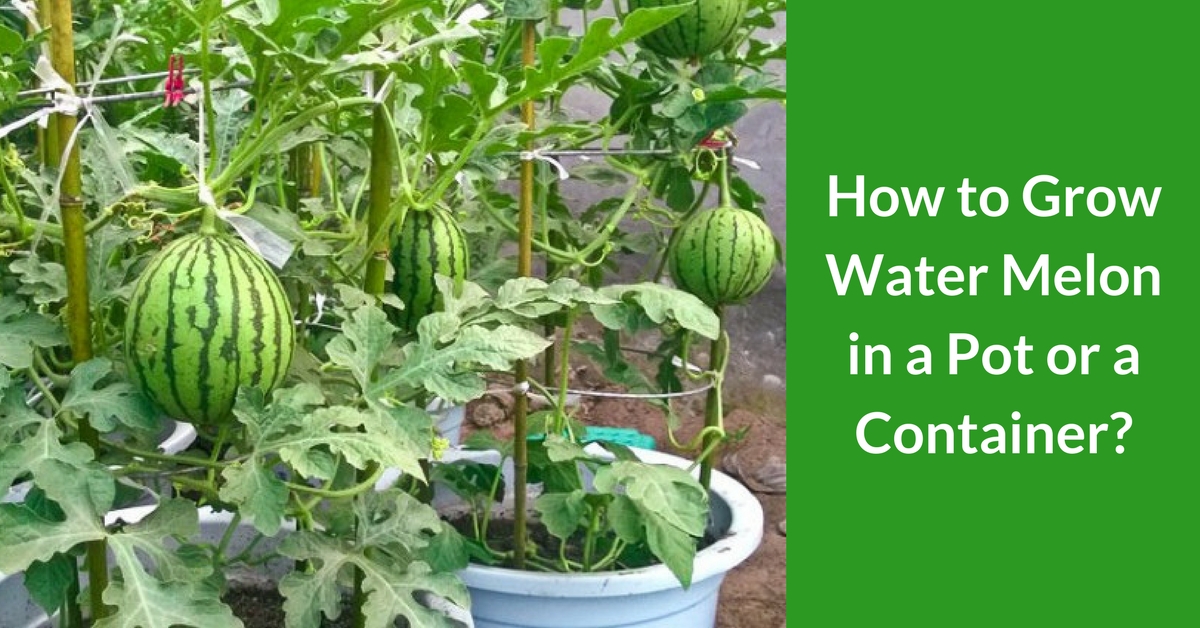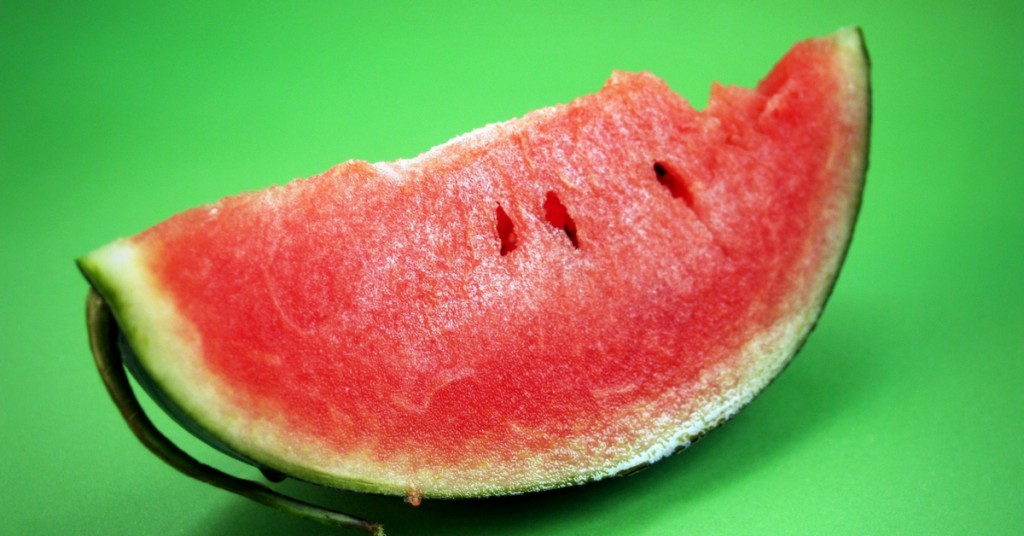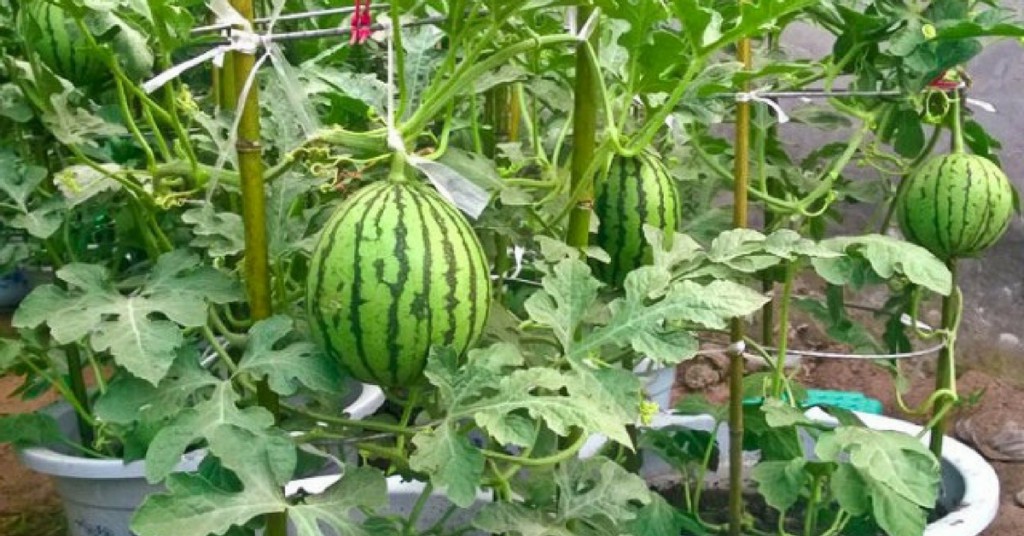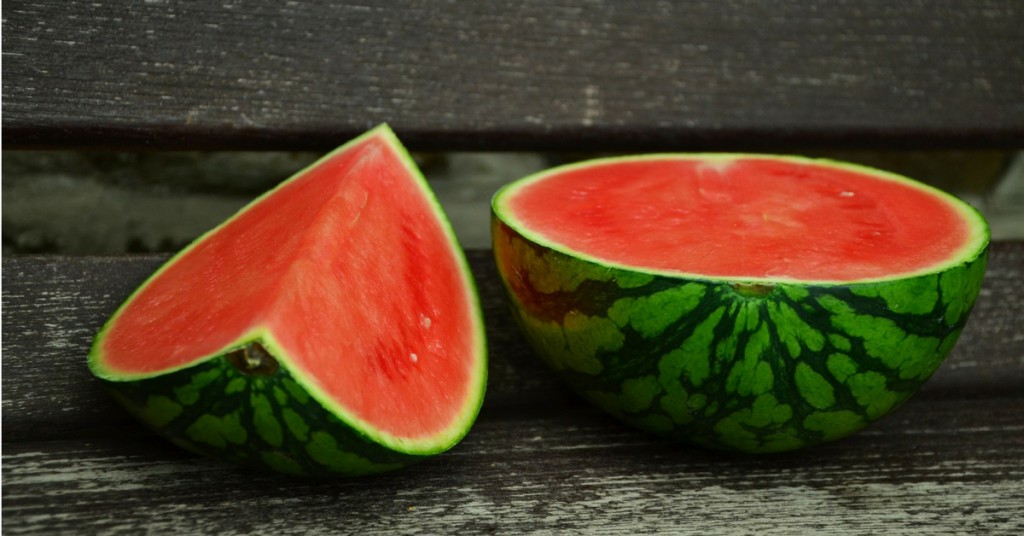
Love watermelon? Who doesn’t? We all crave for this iconic summer fruit that comes with a soft red pulp and the feel of gulping the nip of the juice oozing from it is just out of the world. One just has to relish it. Watermelon being rich in water content, it is recommended to have it in our summer diet. This big, sweet and juicy fruit that we buy from the market may not be as fresh as home grown melons. Then, is it possible to grow them at home?

Yes, you can plant them in your balcony or you can grow them in a small pot or a container. Today, let us know everything about it in detail from choosing a pot, pruning, pollination to harvesting and some useful tips. Let us know how to grow watermelon in a pot or a container.
Choosing a pot
Watermelon has a long taproot and so to grow them in a pot, sow the seeds directly into it. As it has a longer taproot, choose a large pot or a bucket which is at least 2 feet deep and has some good width.
Ideal temperature to grow
The temperature should be quite sunny. If you are growing them on a balcony or on a roof garden where there is a lack of light then make use of a trellis. Ensure that trellis should be minimum 4 feet in height and strong enough to carry the weight of melons. The optimal temperature is 18-30 C and can also be grown at the temperature of about 10-35 C.

Soil Conditions
Use sandy and bountiful soil. Check the soil pH and it should be around 6 – 6.8. The arable and well-drained soil will help in the growth of the plant. Use cow manure to improve the texture of soil that constantly add nutrients to it.
How much water is needed?
Watermelon demands more water. To grow them in a pot or a container, you need to water them daily and sometimes twice a day if the temperature is warm. Do not make the soil wet but keep it moist and ensure that water should drain freely from the bottom of your pot. Once you see an improvement in the growth then gradually reduce the watering. This period is crucial and any case of overwatering or underwatering may not get you the sweetest melons.
Interesting Read: Garden your Home Garnish Your Living
Fertilizer and Care
Use a liquid fertilizer and once you see a plant flowering and emerge to set fruits then use a fertilizer which has a less nitrogen content. When it comes to pruning, allow only the main vine to grow and ensure to cut the side branches when the plant is young. Regularly monitor to remove those stems that are diseased or damaged. Also, there are chances of pests causing a damage when the plant is exposed to either too hot weather or too cold weather. Commonly observed pests are cucumber beetles and garden pests like aphids.
Also Read: Top 5 prevention tips for a Pest-free Summer
Harvesting
Usually, it begins after 80-90 days of seed sowing and between 30 – 50 days after flowering. It depends on the climate, season and you will see several harvests depending on the climatic conditions.
If you want to check whether the fruit is ripe or not then you need to do it manually as the ripe fruit doesn’t look special with merely no change in color and smell. One way is to knock on its surface. If you hear a dead or hollow sound then it is a sign that fruit is ripe and if the trendil looks fully faded then it is overripe.

Few useful tips-
- Watermelon plants are a heavy feeder and so use a lot of organic matter in fertilizer. Composting is required in every 3 – 4 weeks. Remove the topsoil if you find a lack of space in the container.
- Do not allow the plant to set more than 2 -3 fruits at the same time to get the best quality yield. Successful planting and a regular harvesting say 2 – 4 plants after every 2 weeks would do.
- Take care of the temperature in which the plant is being grown. An exposure to extreme climatic conditions (warm and cold) at the stage of maturity can result in less sweet fruits.
If you are a beginner in Gardening then you must take a help from an expert. Book a top-rated Gardener in Bangalore from Bro4u to garnish your living with a beautiful Garden around.









